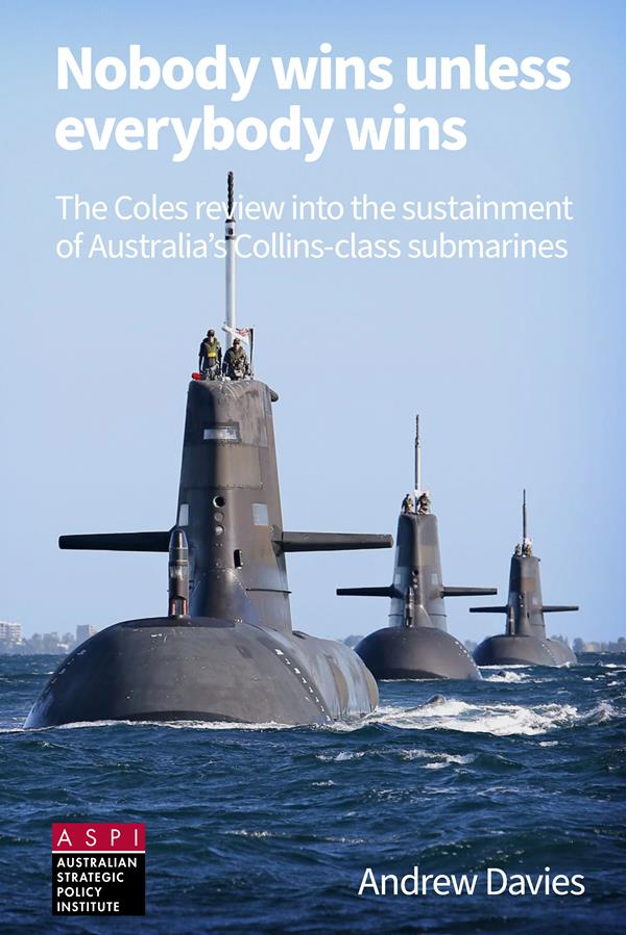A short book published today by the Australian Strategic Policy Institute charts, in unprecedented and revelatory detail, the troubled relationships between key players on the Collins-class submarine sustainment and the program’s rehabilitation in the wake of the celebrated Coles Review.


